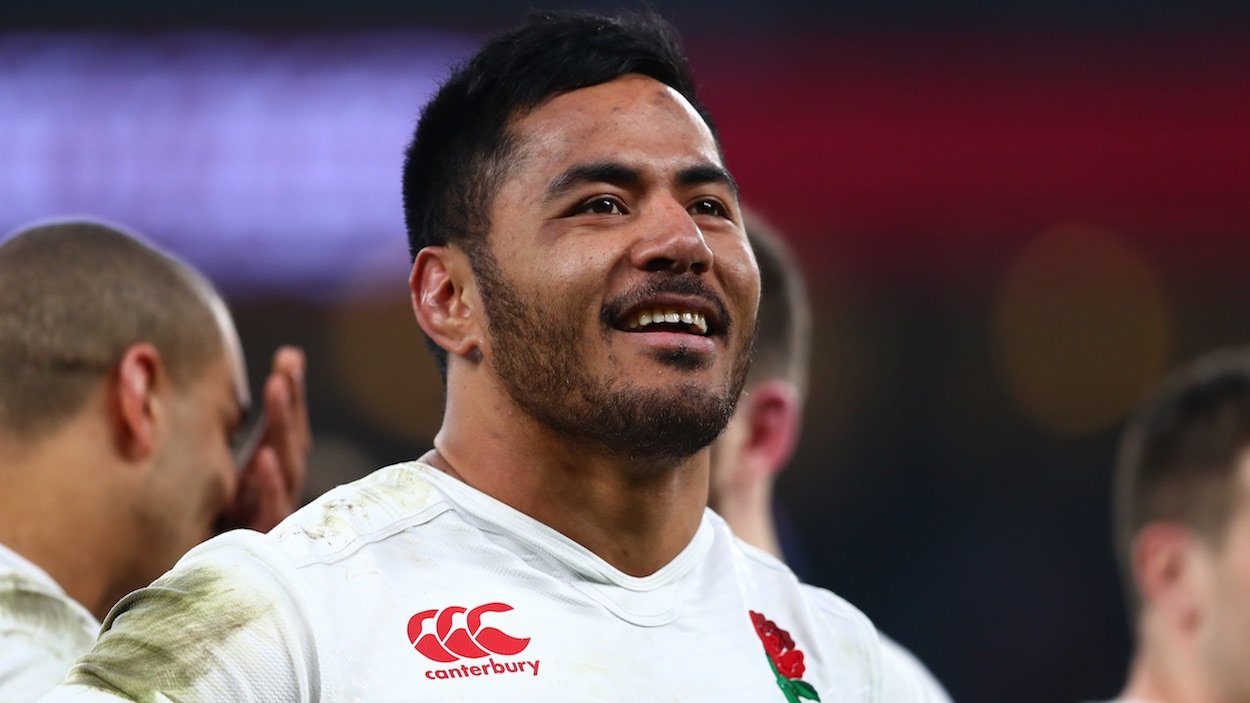England's Desperate Mission to Find a Non-Awful Centre Combination

With England heading to Australia for a test series this summer, one of the biggest selection dilemmas facing Eddie Jones is his centres combination. His decision which will give an indication of the brand of rugby we can expect both on tour and in the future, writes Lee Calvert.
It wouldn’t be overstating it to say that England haven’t had a consistently functioning centre partnership ever since Martin Johnson hoisted the Webb Ellis Trophy over his head in 2003 with midfield pair Will Greenwood and Mike Tindall looking on.
The years between then and now has seen England lurch between rugby-league-plus-Jamie-Noon travesties (Shontayne Hape/Noon, Andy Farrell/Noon); the out and out awful (Dan Hipkiss & Ayoola Erinle, Billy Twelvetrees & Brad Barritt), before settling on the inexplicable: Sam Burgess & Brad Barritt vs Wales in the match that drove the final rusty nail into Stuart Lancaster’s international coaching coffin.
Honestly, if any antipodeans want a giggle, just have a read through the names in the England 12 & 13 shirts for the past 13 years and you’ll cry with laughter. We English cry as well, but for entirely different reasons.
Throughout Lancaster’s reign and since 2011, everything hinged around Manu Tuilagi. The giant Leicester centre and youngest of arguably the world’s greatest rugby dynasty was the first name on the former England coach’s teamsheet. It could be argued that his absence through injury in the period leading to the World Cup in 2015 was the single biggest destabilising factor on England’s gameplan, and the panic it induced led Emotional Stu to press the Go Bonkers! button and summon Sam Burgess.
Now that Manu is fit again the question for Jones is: does he go back to being an automatic starter versus the Wallabies given that a Grand Slam was won without him? Previously a 13, Tuilagi has been used at inside centre for his club since his injury return, where he has looked as destructive, powerful and as big a handful as always. His few substitute appearances for England have also seen him line up at 12 off the bench.
The England coach said in January, “I want a 12 who can take the ball through the line. A 12’s primary job is to straighten the attack: it was the same 30 years ago, it was 10 years ago and it still is now.” Manu will take the ball through the line, in fact he’ll often take a large proportion of the line with him as he goes such is his power, but the Australian has traditionally favoured a ball playing 12 (think Giteau) as running straight with power is not the only way to take a ball through a line. Jamie Roberts for Wales is an example of how limiting such a plan can be, however impressive the physicality of the exponent.
This creator at 12 approach is something Jones continued in the 2016 Six Nations by selecting Owen Farrell, the best 10 in Europe on form, in the vaunted second five-eighth role. This allowed England to play a more expansive game, have a second kicking option to protect and assist the talented but sometimes flaky George Ford, and keep the flying Jonathan Joseph or Elliott Daly in second centre channel. Tuilagi, for his many obvious strengths, has traditionally had the distribution skills of a drunk postman and dropping him in at 12 at Suncorp Stadium on 11 June could significantly change England’s burgeoning gameplan.
Selection of Manu also raises a question about who from the Ford-Farrell axis would be dropped. Ford has had a poor season with Bath, whereas Farrell is orchestrating the greatest season Saracens have ever had, so the form 10-12-13 in the first test would be Farrell-Tuilagi-Joseph/Daly. Another variable in the mix is the return to fitness of Exeter’s talented fly-half cum centre Henry Slade who had a decent debut vs France last summer and is tipped for great things.
The answer for Jones and England may lie in looking at this in a different way and considering the career trajectory of Ma’a Nonu.
Nonu was an archetypal big 12 for a large part of his career: fast, powerful, athletic but seemingly afflicted with passing yips – no matter how much he wanted to, he couldn’t let go of the ball properly. Then, in 2012, a cure was found and he became the almost complete player: pace, dynamism, decision-making, offloading, he even kicked the ball a few times. Jones should see Manu Tuilagi as England’s Nonu, a physical specimen worthy of being a project worth investing in. He is still only 24 years of age, remember.
England may well start Manu Tuilagi at 12 this summer, but do not assume that this means a change in gameplan. Eddie Jones is too canny for this, and he has the vision to see that England’s longstanding centre issue will require a long term solution.
Australia may benefit with a win this summer as the new England attempt to move forward with an evolving approach, with more expected from individuals within the gameplan, including Tuilagi.
English fans will hope that any summer disappointment will be to their eventual benefit as England build a rugby team worthy of its size and expectation.
































































